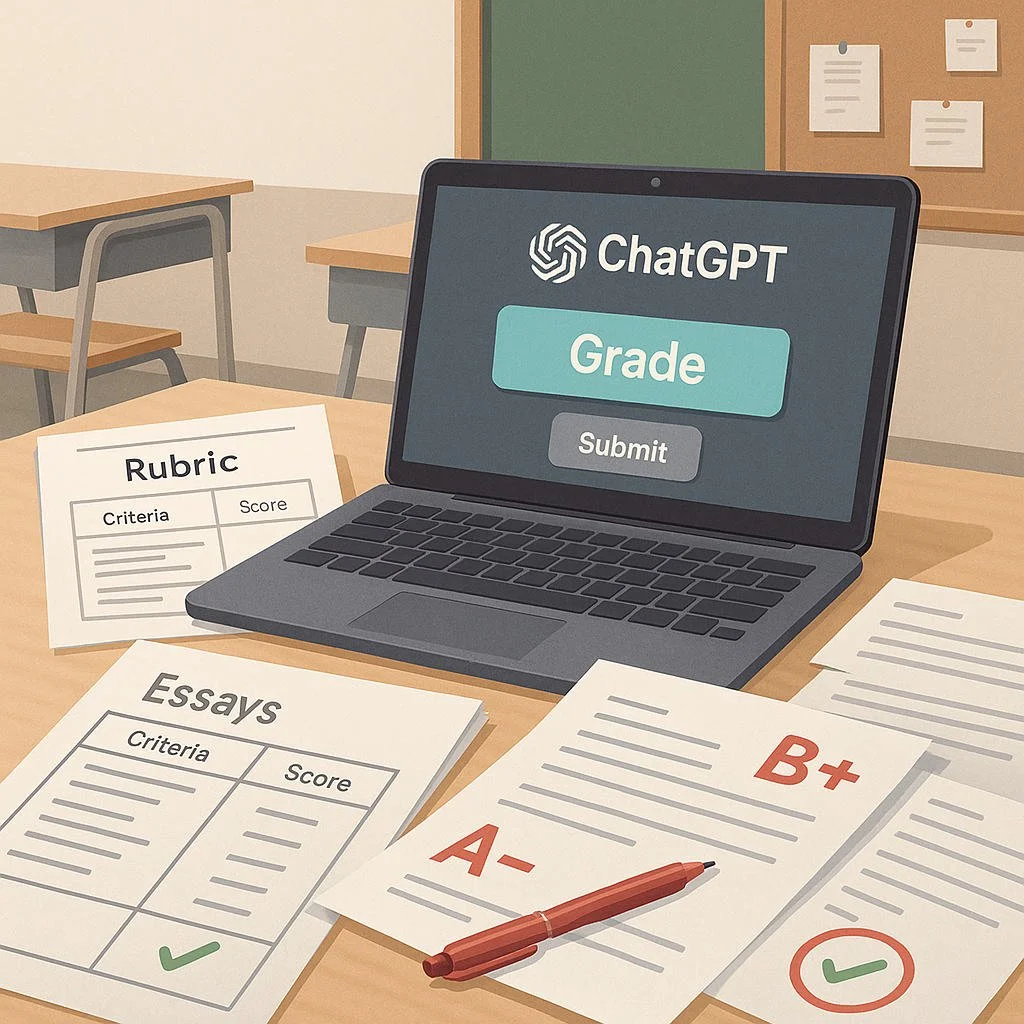How to Make Money with a 3D Printer (2025)
The three proven ways to monetize a 3D printer
Sell physical products
Niche parts: drawer organizers, board-game inserts, miniatures, tabletop terrain, cosplay pieces, lithophanes, tool holders, mounts, cable guides, camera accessories, enclosure parts.
Replacement/upgrade parts: discontinued clips, knobs, brackets, vacuum adapters, RC and drone parts, printer mods.
Personalized gifts: nameplates, keychains, ornaments, cookie cutters, custom stamps, pet tags, lithophane lamps.
Sell services
Local prototyping for makers/startups (iterate fast without minimum order quantities).
Small-batch manufacturing for indie brands.
3D scanning and replication (where allowed).
CAD/design-for-print work (bundle design + printing).
Repair & tuning (nozzle swaps, bed tramming, firmware setup) for local owners.
Sell digital products
STL bundles, parametric models, print profiles.
Print-on-demand for your own designs via “made-to-order” listings.
Subscription access to a private model library (Patreon-style), or per-model licensing to hobby shops and clubs.
What actually sells (and why)
Solves a specific headache: cable chain that fits a known machine, a bracket for a common IKEA part, a clip that fixes an appliance quirk.
Enhances a hobby: organizers and inserts that cut setup time, miniatures with superior detail, cosplay parts sized to common body measurements.
Looks premium: clean surfaces, consistent colorway, subtle branding, and simple assembly elevate a $10 trinket into a $25 item.
Customizable in seconds: name or size variants you can generate quickly (OpenSCAD/parametric CAD) so every order feels bespoke without new design time.
The math: cost, price, margin (with quick estimates)
Filament: assume ~1 kg spool costs X (e.g., $20–$30).
Material per part: slicer shows grams → cost = grams × (filament_price/1000).
Electricity: most FDM printers draw 50–200W. For a 3-hour print at 120W, that’s 0.36 kWh. Multiply by your local rate.
Consumables & wear: add a small per-print allowance (nozzles, glue sticks, alcohol wipes, PEI plate wear).
Labor: include time to prep files, start print, remove supports, sand/finish, pack/ship. Even if you value it at a lean rate, include it.
Overhead: amortize upgrades (enclosure, hardened nozzles), failed prints, packaging.
Example:
60 g PLA at $24/kg → $1.44 material
Electricity 0.4 kWh at $0.20 → $0.08
Consumables → $0.30
Labor 15 minutes at $20/hr → $5.00
Total cost ≈ $6.82 → Price at $19.99 leaves ≈ $13.17 gross margin before marketplace fees/shipping.
Rule of thumb: target 3×–5× your hard costs for small goods; higher if post-processing is intensive.
Where to sell (and how to stand out)
Marketplaces: large audiences but fees and competition. Win with pro photos, clear benefits, exact printer/material info, and “ships in X days.”
Your own store: keep margins, control branding. Use a small catalog of evergreen bestsellers to simplify fulfillment.
Local/offline: makerspaces, craft fairs, hobby shops, repair stores, school robotics clubs. Fast turnaround beats online competitors.
Listing checklist:
One-line benefit headline (“Mount your webcam above any monitor in 60 seconds”).
Dimensions, weight, material, color options, max temperatures if relevant.
Compatibility list (models/brands).
Care instructions and warranty/reprint policy.
Production time window and shipping method.
Quality that commands higher prices
Calibrate first: e-steps/flow rate, first-layer, linear advance/pressure advance, input shaping (on supported printers), temp towers, retraction tests.
Mechanical strength: orient parts along stress lines; choose infill pattern/density wisely; use more perimeters for brackets.
Surface quality: tuned temps, slower external walls, adaptive layer height, ironing for top surfaces where applicable.
Material match: PETG/ABS/ASA for heat and outdoor use; PLA for decor; TPU for gaskets/feet; CF-nylon for high strength.
Post-processing: deburr, sand where hands touch, flame-polish PETG edges cautiously, filler-prime-paint for premium look, magnet/heat-insert installation jigs.
Packaging: brand cards, recyclable bags/boxes, QR to instructions. Looks legit = fewer returns and better reviews.
Legal, ethical, and practical considerations
IP & licensing: don’t sell prints of copyrighted/ trademarked characters without permission. Use your own designs or licensed ones that allow commercial use.
Safety claims: avoid implying load ratings or food safety unless you’ve tested and can substantiate. State intended use and disclaimers.
Replacement parts: if you sell “compatible with” items, name the compatibility without using brand logos.
Data & privacy: if you do 3D scanning for clients, consent and storage practices matter.
Taxes & invoicing: track revenue, expenses, and collect sales tax where required.
Regulatory items: anything for medical or structural use needs extra diligence—generally avoid unless you’re qualified and compliant.
Gear: a lean but capable setup
Printer: reliable bed-slinger or core-XY with auto bed leveling.
Nozzles: brass for PLA, hardened steel for abrasive filaments (CF/glow).
Enclosure: for ABS/ASA and to reduce drafts/warping.
Filament storage: dry boxes or sealed bins with desiccant.
Tools: digital calipers, deburring tool, heat-set insert kit, soldering iron, sanding blocks, CA glue/epoxy, isopropyl alcohol.
Software: parametric CAD (Fusion/FreeCAD), slicer (Bambu Studio/PrusaSlicer/Cura), basic photo editor for listings.
Process control: spreadsheets or a light inventory app for SKUs, color variants, and reorder points.
Product ideas by niche (jump-start list)
Cosplay & props: modular armor plates sized S/M/L, snap-fit buckles, staff heads, mask bases.
Board games & TTRPG: organizers for specific boxes, card caddies, terrain tiles, mini bases with magnet slots.
Home & kitchen (non-food-contact zones): vacuum attachments, curtain rod brackets, plant pot feet, drawer dividers.
Photography & streaming: camera mounts, light diffusers, microphone shock-mount adapters, cable clips.
PC & electronics: VESA adapters, fan shrouds, controller stands, cable raceways.
Automotive hobby: garage tool holders, battery organizers, trim removal tools.
Pets: tag silencers, feeder risers, litter scoop upgrades, leash hooks.
Makers: drill index stands, soldering fume fan ducts, jig knobs, tool wall systems.
Pricing strategy that survives fees
Start with cost-plus (all-in cost × 3–5), then compare to perceived value and competitors.
Offer tiered pricing: base (print only), plus (print + inserts/magnets), deluxe (print + finish + hardware + spare set).
Use bundles (e.g., full organizer set) to lift average order value.
Charge for customization as an add-on, not as free scope creep.
If marketplaces take a cut, pre-bake fees into the price; keep your own store slightly cheaper to steer repeat buyers.
Operations: from single orders to a print farm
Workflow template: order → slicer preset → print queue → post-process → QA photo → pack → label → ship → request review.
Batches: queue identical items to reduce setup time; print in multiples when your bed allows.
Standardize: saved print profiles per material/color; part-specific SOPs for supports and inserts; barcode your bins.
Uptime: spare nozzles, backup hotend parts, extra PEI sheet; schedule preventive maintenance.
Scale path: add printers, assign SKUs per machine, use octo/remote management to monitor fleets; split products across machines to avoid single-point failures.
Digital products: recurring revenue without shipping
STL packs: thematically grouped models with a consistent aesthetic.
Parametric offerings: let buyers enter dimensions (e.g., shelf thickness) and export a tailored model.
Licensing: personal vs. commercial tiers; offer shop licenses to small retailers.
Support: include print settings, orientation tips, and a troubleshooting card to reduce customer questions.
Marketing that doesn’t feel salesy
Show outcomes, not just parts: before/after photos, time saved, desk space won.
Short demo clips: assembly in 15 seconds, a strength test, a desk makeover.
Social proof: customer photos (ask permission), simple UGC prompts.
Seasonal drops: holiday ornaments, back-to-school organizers, spring garden aids.
Email your winners: each new variant or color becomes an easy announcement.
Common pitfalls (and how to dodge them)
Underpricing time: include prep, cleanup, and support removal or you’ll work for free.
Ignoring fit tolerances: test toleranced parts in multiple materials and printers; include tolerance notes in listings.
Warping/adhesion issues: use enclosures for high-temp plastics, tune first layer, consider brim/raft where needed.
Scope creep on customs: define one round of changes in the price; charge for major revisions.
Selling IP-iffy items: when in doubt, don’t. Build your brand on original designs.
30-day launch plan
Week 1 — Foundation
Pick one niche with repeat demand (e.g., board-game inserts, desk cable management).
Design 5 products that share hardware/colors/packaging.
Calibrate printer profiles and run durability tests.
Week 2 — Listings & pricing
Shoot clean photos (diffused light, neutral background, in-use shot).
Write benefit-first titles and bullet points; set prices using your cost spreadsheet.
Decide fulfillment windows and packaging standards.
Week 3 — Soft launch
Publish 5–8 listings. Offer a limited “launch batch” to create urgency.
Collect feedback on fit and instructions; update files and listings.
Track time per order and refine SOPs.
Week 4 — Optimize & scale
Double down on top sellers; retire the duds.
Add one premium variant (painted, magnetized, hardware included).
Start a simple email list for repeat buyers; release a small STL pack from your best design.
Quick formulas & templates
Material cost:
grams_used × (spool_price / 1000)All-in cost (per unit): material + electricity + consumables + labor + overhead share
Markup target: small parts 3×–5× all-in cost; complex customs higher
Lead time promise: print time × 1.5 + finishing buffer
Return policy (simple): “If it arrives damaged or doesn’t fit the listed models, we’ll reprint or refund—your choice.”
Bottom line
Make money with a 3D printer by focusing on a narrow niche, dialing in print quality, and pricing for real profit after time and fees. Start with five great SKUs, standardize your process, and reinvest into better materials, faster machines, and standout designs. Keep it simple, ship fast, and let your bestsellers pull you toward a durable, scalable side business—or more.








